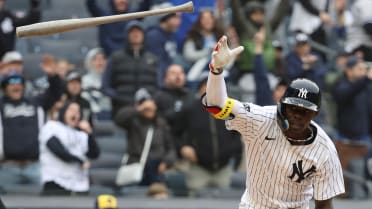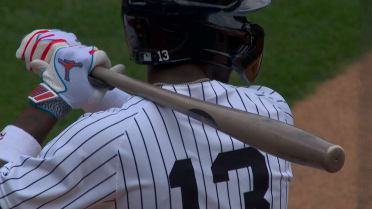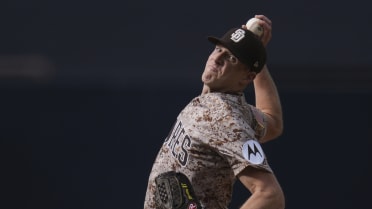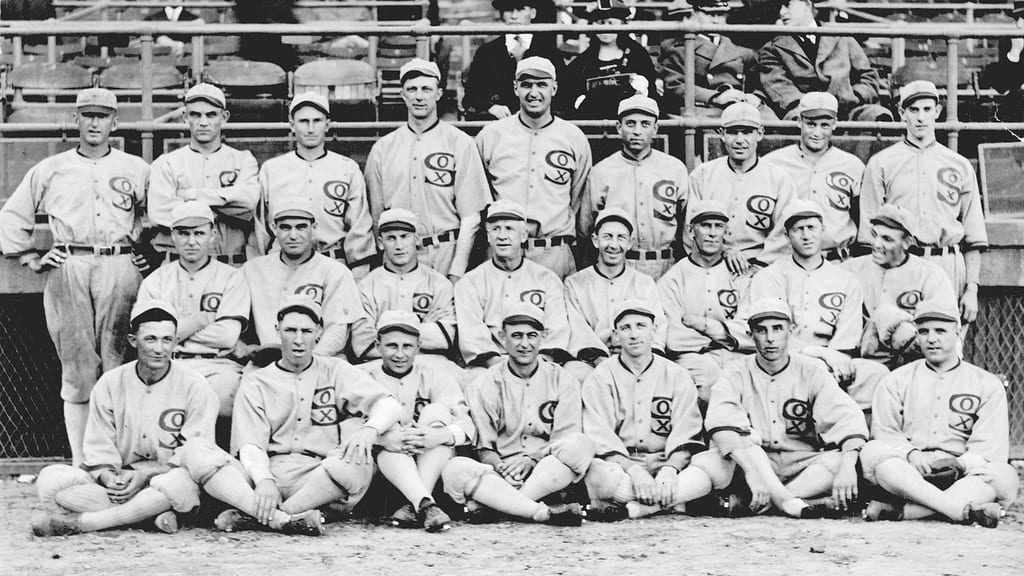
This information may come as a bit of a shock, but … you know that movie "Field of Dreams"? The one where the Iowa farmer builds a baseball field on his property and a bunch of ballplayers come back from the dead to play on it?
It’s actually a work of fiction!
But that doesn’t mean the movie didn’t involve and include real-life elements pulled from our national pastime. “Shoeless” Joe Jackson was the namesake of the book that inspired the movie, and he and many other figures from early 20th century baseball play a role in the story of Ray Kinsella’s (Kevin Costner’s) passion project.
Here’s a look at the real-life ballplayers and events depicted in the famous film.
'Eight Men Out'
The 1919 Black Sox scandal had unusual relevance at the box office in the late 1980s. Just seven months prior to the release of "Field of Dreams" in April 1989, Hollywood dramatized the story of the Black Sox via the September 1988 release of "Eight Men Out," which was based on Eliot Asinof’s book of the same name.
At a time long before free agency and the gaudy player contracts we see today, eight members of the 1919 White Sox -- “Shoeless” Joe, Eddie Cicotte, Chick Gandil, Oscar Felsch, Fred McMullin, Swede Risberg, Buck Weaver and Claude Williams -- were accused of fixing games in the World Series against the Reds in exchange for money from a gambling syndicate run by Arnold Rothstein.
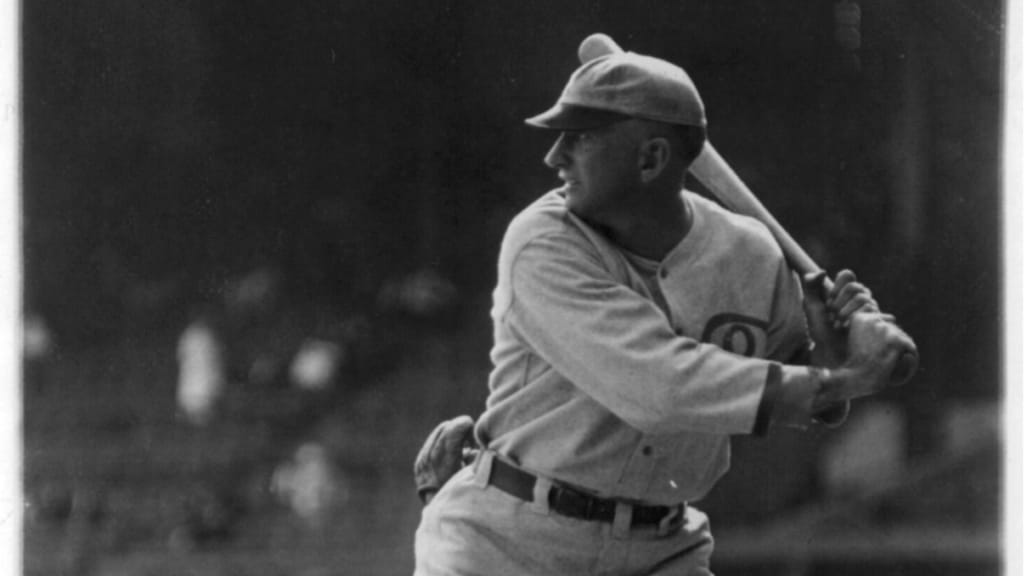
To what level some of the eight -- especially Jackson -- actively attempted to lose the Series to the Reds is a matter of dispute. But Williams lost three games in the best-of-nine, and there were several suspicious plays that would be called into question after the fact. The eight players, as well as five gamblers, were implicated in grand jury indictments. But in the trial in July 1921, a jury found the accused players not guilty on all charges.
Still, the Black Sox scandal rocked the baseball world, and the team owners sought desperately to repair the sport’s image in the eyes of the public. Federal Judge Kenesaw Mountain Landis was appointed Commissioner and placed all eight players on the ineligible list, suspending them indefinitely.
And that’s how “Shoeless” Joe and the rest of the Eight Men Out stayed -- frozen in baseball time. That is, until Kinsella came along and brought them back.
(Alas, because actor Ray Liotta struggled to bat lefty and throw righty, a la Jackson, “Shoeless” Joe is depicted batting and throwing from the opposite side. Say it ain’t so, Joe!)
'Moonlight' Graham
Nobody personifies a dream unfulfilled quite like Archibald Wright Graham. A native of Fayetteville, N.C., Graham played seven seasons in the Minor Leagues before his contract was purchased by the 1905 New York Giants. He rode the pine for five weeks before making his debut on June 29, playing right field for the final two innings of a lopsided, 11-1, road victory over the Brooklyn Superbas.
Graham was due to bat next when the final out was made in the top of the ninth, and he didn’t have a ball hit to him in the bottom of the ninth. Soon after, he was demoted back to the Minor Leagues, never to make another appearance in a big league ballgame. He retired in 1908 and wound up becoming the chief physician for the Chisholm, Minn., public schools, before passing away in 1965.
Doc Graham’s baseball story would be nothing but a footnote if author W.P. Kinsella hadn’t stumbled upon his brief entry in the Baseball Encyclopedia while writing the novel “Shoeless Joe,” which inspired "Field of Dreams."
“I found this entry for ‘Moonlight’ Graham,” Kinsella told the Associated Press years later. “How could anyone come up with that nickname? He played one game but did not get to bat. I was intrigued, and I made a note that I intended to write something about him.”
And that’s how the scene in which Graham’s stats flash on the Fenway Park scoreboard came to be. In the film, Kinsella encounters an elderly Graham, played by Burt Lancaster, and then picks up a young, hitchhiking Graham, played by Frank Whaley. At Kinsella’s magical field, “Moonlight” Graham finally gets his turn to bat. Interestingly, though, he hits a sacrifice fly … which does not qualify as an actual at-bat!
(By the way, we still don’t know why Graham was known as “Moonlight.” But as the author Kinsella said, it is a heck of a good nickname.)
The ghost players
“If you build it, he will come” is the film’s famous phrase, referring to the main character’s late father, John. But Ray’s dad, the Eight Men Out and Graham are far from the only ones who arrive. Several other ghosts of baseball past emerged from the corn field to suit up again.
When Graham makes his long-awaited return to the bigs, he identifies three players at the field -- “Smoky” Joe Wood (a pitcher for Boston and Cleveland from 1908-20), Mel Ott (a Hall of Famer for the Giants from 1926-47) and Gil Hodges (an eight-time All-Star for the Dodgers whose career spanned 1943-63).
It is not quite clear who the other ghost players are. Look closely, and you’ll spot an assortment of wool uniforms -- a Cincinnati Red here, a couple New York Yankees there, and a few members of the Philadelphia A’s and the St. Louis Browns and Cardinals. Theories abound on the internet (because theories always abound on the internet) as to who these players might be. Perhaps that’s Babe Ruth in the Yankee pinstripes and Rogers Hornsby in the Cardinals cap. We’ll never really know.
But we do know that he built it, and they came. And even if the movie was fiction, some of it was baseball fact.
Anthony Castrovince has been a reporter for MLB.com since 2004.

